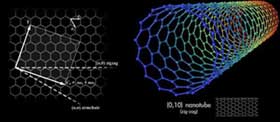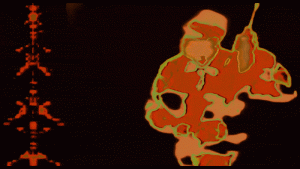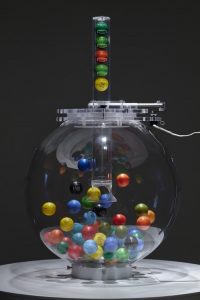Nanotechnologists have developed made alcohol- and hydrogen-powered artificial muscles that are 100 times stronger than natural muscles.
And they could eventually be used to make more advanced prosthetic limbs or be used in “exoskeletons” to give superhuman strength to certain professions such as firefighters, soldiers (the research was funded by DARPA!) and astronauts.
 Carbon nanotubes are the building blocks for artificial muscles. The diagram aboove illustrates a type of carbon nanotube called zig-zag.
Carbon nanotubes are the building blocks for artificial muscles. The diagram aboove illustrates a type of carbon nanotube called zig-zag.
Two types of muscle are being investigated by US researchers at the Nanotech Institute at the University of Texas, working with colleagues from South Korea. While the existing form of artificial muscles are driven by batteries, the new ones release the chemical energy of fuels, such as hydrogen and alcohol, while consuming oxygen. However, neither of them resembles a normal muscle – being made up of wires, cantilevers and glass bottles.
The most powerful type, “shorted fuel cell muscles” convert chemical energy into heat, causing a special shape-memory metal alloy to contract. Turning down the heat allows the muscle to relax.
The second kind of muscle converts chemical energy into electrical energy which caused a material made from carbon nanotube electrodes to bend.
Dr John Madden, from the University of British Columbia said the artificial muscles mimicked nature in a number of ways. “The muscle consumes oxygen and fuel that can be transported via a circulation system; the muscle itself supports the chemical reaction that leads to mechanical work; electrochemical circuits can act as nerves, controlling actuation; some energy is stored locally in the muscle itself; and, like natural muscle, the materials studied contract linearly.”
But the challenge now is to create a circulation system like that of humans that replaces the wires in the artificial muscles.







